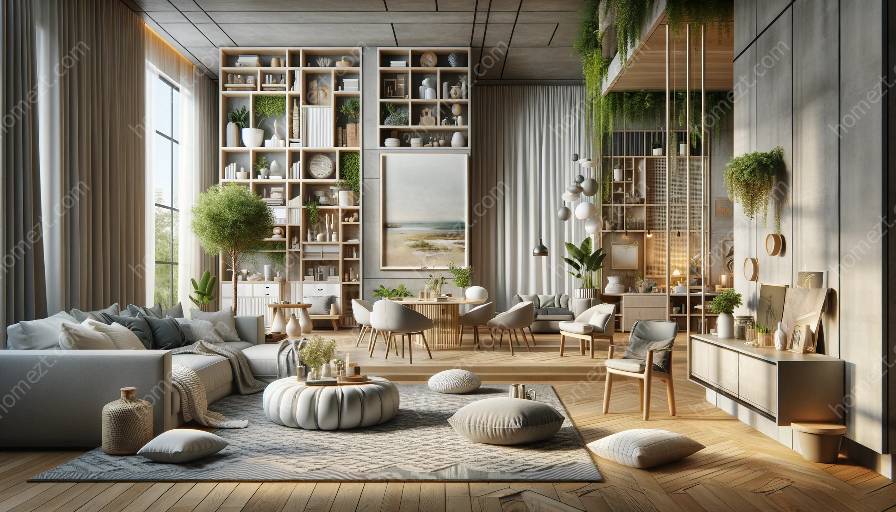Human behavior plays a significant role in shaping space planning in interior design. Understanding the way people interact with their surroundings, use spaces, and move through them is essential for creating functional and optimized interior spaces. It involves a deep comprehension of how individuals, groups, and communities behave within a given environment, and how their behaviors can be effectively accommodated through thoughtful design.
The Importance of Understanding Human Behavior in Space Planning
When it comes to interior design and styling, the goal is not just to create aesthetically pleasing spaces but also to ensure that the spaces are practical and have a positive impact on the lives of the people who inhabit them. A successful interior design is one that enhances the quality of life, supports efficiency, and promotes well-being. This can only be achieved by taking into account the behaviors, habits, and needs of the occupants.
Space Planning and Optimization
Creating Functional and Adaptive Spaces
Understanding how people use and navigate through spaces is crucial for effective space planning. By studying human behavior, interior designers can determine the traffic flow, circulation patterns, and use of specific areas within a space. This insight allows designers to allocate space efficiently and optimize layouts to best serve the needs of the users. For instance, in a residential setting, understanding the daily routines and activities of the inhabitants helps in creating living spaces that facilitate those activities.
Flexibility and Adaptability
Human behavior is not static, and people's needs and preferences can change over time. Therefore, incorporating flexibility and adaptability into space planning is vital. Designing spaces that can be easily modified or repurposed to accommodate different activities or evolving lifestyle trends ensures that the interiors remain relevant and functional for the long term.
Interior Design and Styling
Creating Supportive Environments
Interior design goes beyond the aesthetic appeal; it is about creating environments that support the physical, emotional, and psychological well-being of the occupants. Understanding human behavior helps designers in selecting appropriate materials, colors, lighting, and furnishings that cater to the sensory and ergonomic needs of the users. For instance, knowledge of how natural light influences mood and productivity can inform the design of spaces that maximize daylight and provide comfortable visual environments.
Embracing Diversity and Inclusivity
People's behaviors and preferences are diverse, and it is essential for interior designers to be inclusive in their approach. A thorough understanding of human behavior enables designers to create spaces that are inclusive and accessible to individuals with varying physical abilities, ages, and cultural backgrounds. This involves designing with empathy and consideration for the diverse needs of the potential occupants.
The Impact of Human Behavior on Space Planning
By integrating the understanding of human behavior into space planning, interior designers can achieve several benefits:
- Enhanced functionality and usability of interior spaces
- Improved circulation and flow within the built environment
- Creation of spaces that cater to the specific needs and activities of the users
- Optimized layouts that support efficiency and productivity
- Development of environments that promote well-being and comfort
- Designs that are adaptable and can evolve with changing user needs
Conclusion
Understanding human behavior is foundational to effective space planning in interior design. It empowers designers to create environments that are not only visually appealing but also functional, optimized, and supportive of the people who use them. By considering the diverse behaviors, habits, and needs of the occupants, interior designers can design spaces that enhance the quality of life and promote well-being in various settings, whether residential, commercial, or public. In essence, the integration of human behavior into space planning is key to unlocking the full potential of interior design in creating meaningful and impactful spaces.


























